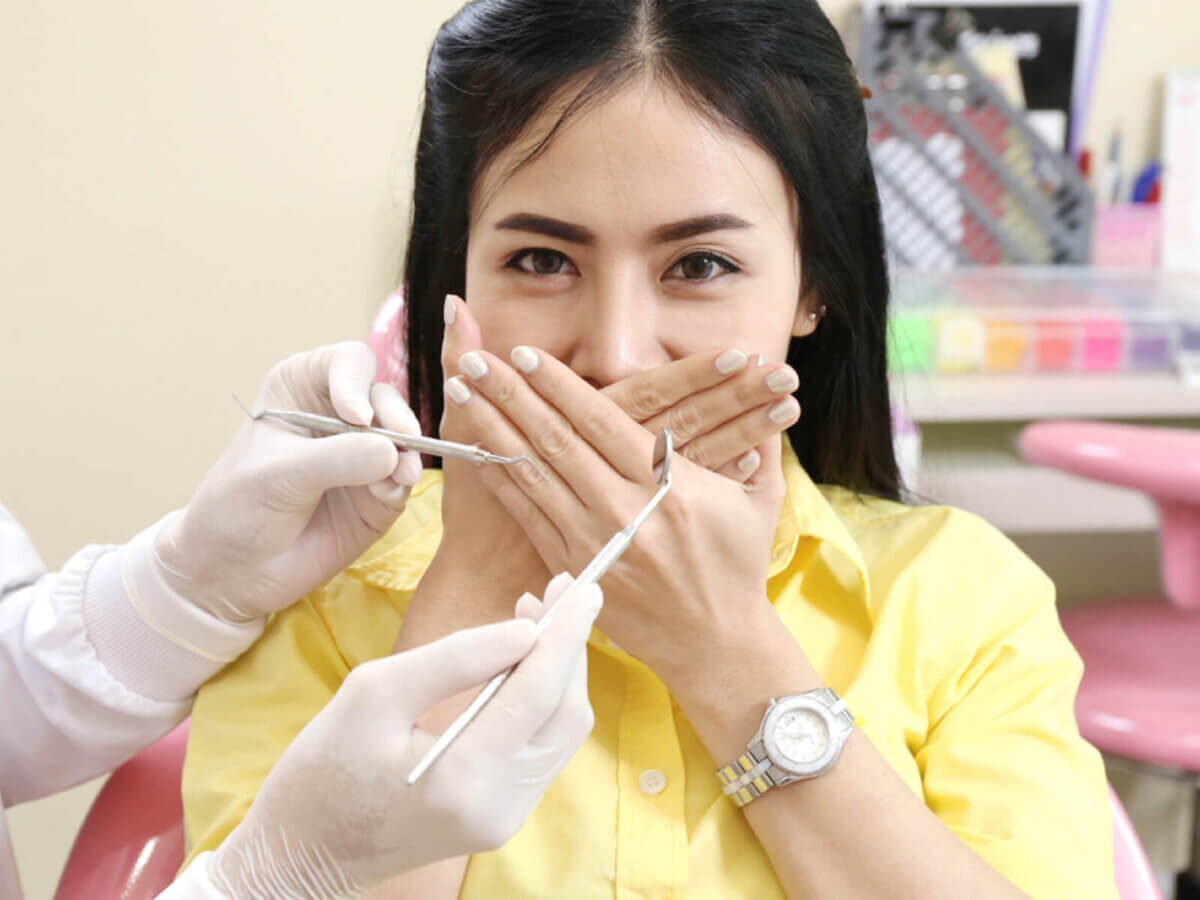Blog
Dental hygiene tips for healthy teeth & gums

Understanding The Basics Of Oral Cancer Prevention
Oral cancer is a severe health issue, and prevention begins with understanding the basics. This in-depth guide delves into the significance of early diagnosis, typical symptoms, and the necessity of frequent oral cancer screenings to maintain good oral health. By embracing these concepts, individuals can actively contribute to preventing and managing oral cancer early.
Understanding The Basics Of Oral Cancer Prevention
The Prevalence of Oral Cancer:
Oral cancer, which includes malignancies of the mouth, lips, and throat, affects a significant number of people worldwide. Understanding the incidence of this condition is crucial for increasing public awareness and its importance in public health.
Risk Factors and Lifestyle Choices:
Tobacco and alcohol use, as well as exposure to the human papillomavirus (HPV), are all risk factors for developing oral cancer. Exploring these risk factors enables people to make educated lifestyle choices that lower their risk of oral cancer.
The Importance of Early Detection:
Early detection is crucial in the case of oral cancer. Recognizing the signs and symptoms early improves treatment success rates and overall prognosis. Understanding the significance of early detection lays the foundation for proactive oral cancer prevention.
Typical Oral Cancer Signs:
Recognizing the typical signs of oral cancer is critical for early detection. Symptoms that demand attention include persistent mouth sores, unexplained bleeding, difficulty swallowing, and voice changes. Knowing these symptoms allows individuals to seek immediate medical attention.
The Importance of Regular Oral Cancer Screenings:
Regular oral cancer screenings performed by dental professionals aid in early detection. These exams carefully examine the oral cavity, including the tongue, gums, and throat. Understanding the importance of these screenings motivates people to prioritize frequent dental check-ups as part of their preventative healthcare practices.
Self-Examination Techniques:
While professional screenings are essential, individuals can also self-examine at home. Learning proper self-examination skills can help spot potential warning signs between dental visits, supporting a proactive approach to oral cancer prevention.
Lifestyle Changes for Prevention:
Lifestyle changes can significantly lower the risk of developing oral cancer. Preventative steps such as quitting smoking, practicing cautious sun exposure, and eating a balanced diet aid overall oral health.
The Relationship Between HPV and Oral Cancer:
Understanding the relationship between HPV and oral cancer provides insight into the changing landscape of risk factors. Individuals should be aware of this link and seek vaccination as necessary, highlighting the importance of preventative actions for oral and cervical cancers.
Community Education and Awareness Programs:
Community education and awareness programs are vital in preventing oral cancer. Public health campaigns, school instructional programs, and community outreach contribute to informed decision-making and early intervention.
Coping Mechanisms and Support Systems:
A multifaceted approach to oral cancer prevention extends beyond physical wellness. Emotional and psychological well-being are also essential. Creating support networks and coping strategies can assist individuals in navigating the challenges of a potential diagnosis or the preventative journey.
The Effect of Diet on Oral Health:
Dietary choices significantly impact oral health and the prevention of oral cancer. A diet rich in fruits and vegetables, along with moderate alcohol consumption, improves overall health and reduces the risk of developing oral cancer.
Collaboration in Healthcare:
A comprehensive approach to oral cancer prevention requires collaboration among healthcare providers, including dentists, oncologists, and primary care physicians. Integrated care ensures comprehensive screenings, early detection, and effective oral health management.
Conclusion:
Preventing oral cancer is a complex task that involves identifying risk factors, recognizing symptoms, prioritizing frequent screenings, and adopting a holistic approach to health. By taking proactive steps, staying informed, and fostering a collaborative healthcare environment, individuals can aid in the prevention and early diagnosis of oral cancer. This thorough guide is a resource for those who wish to arm themselves with knowledge and actively participate in the journey to good dental health and overall well-being.


